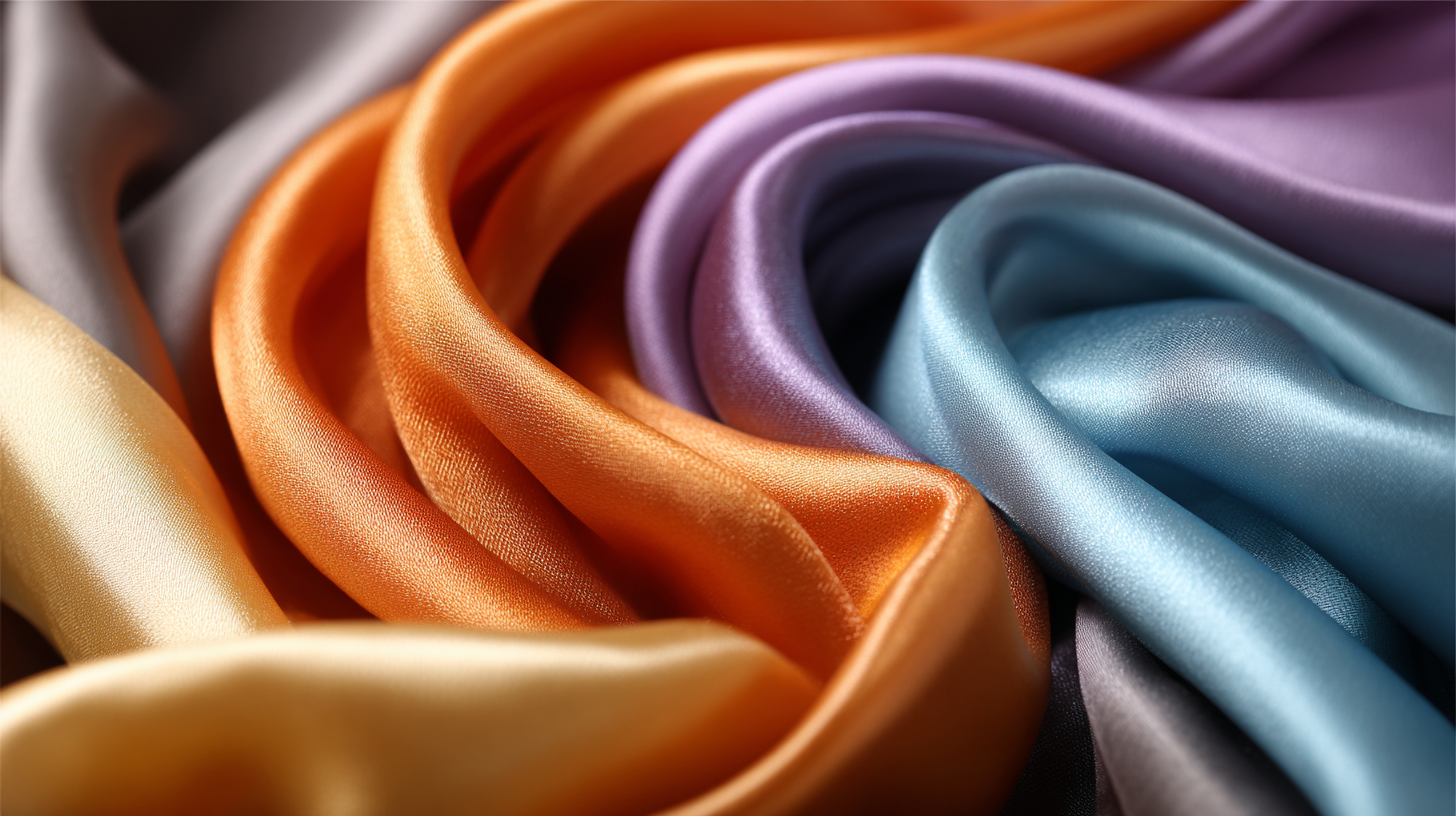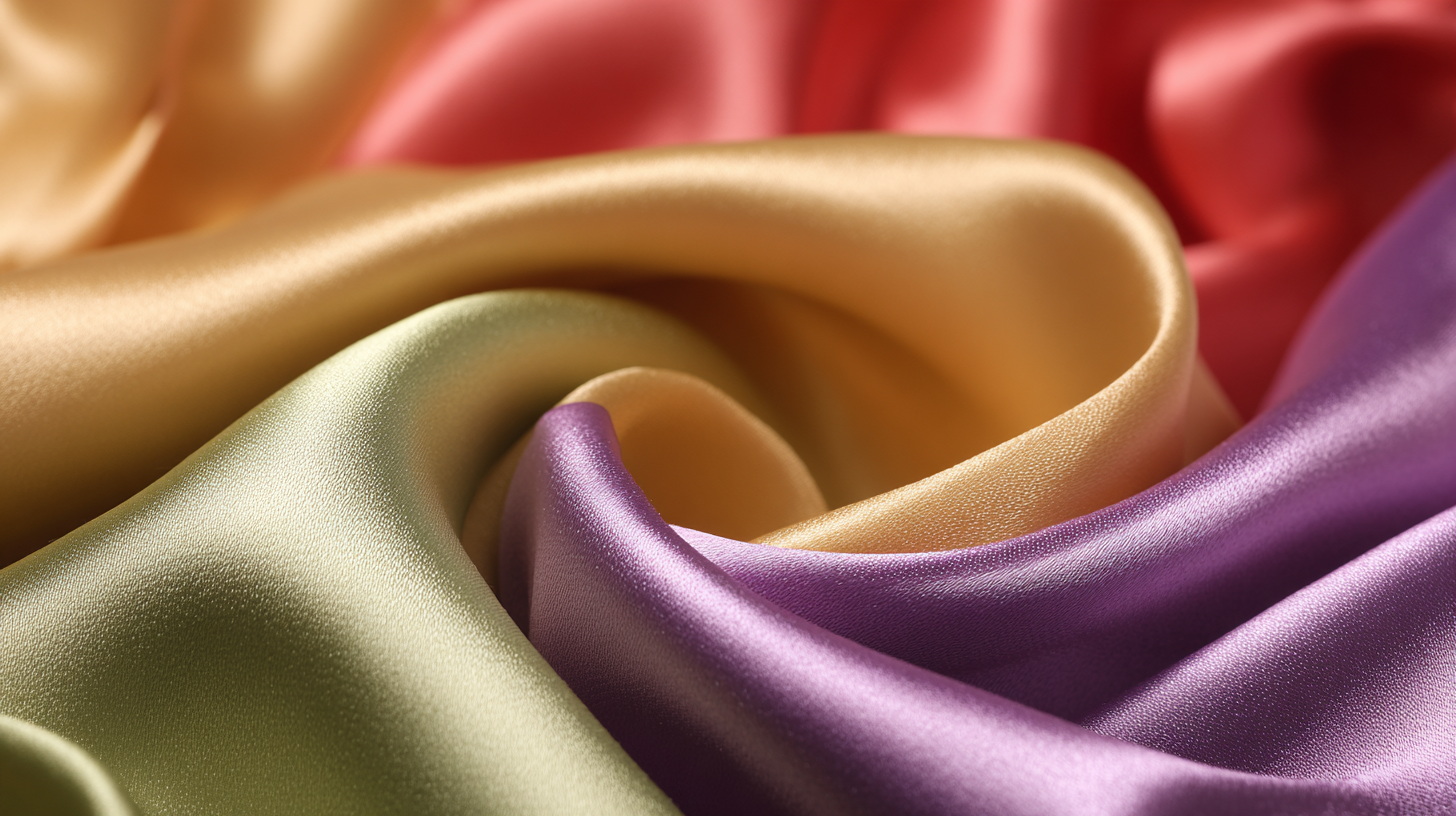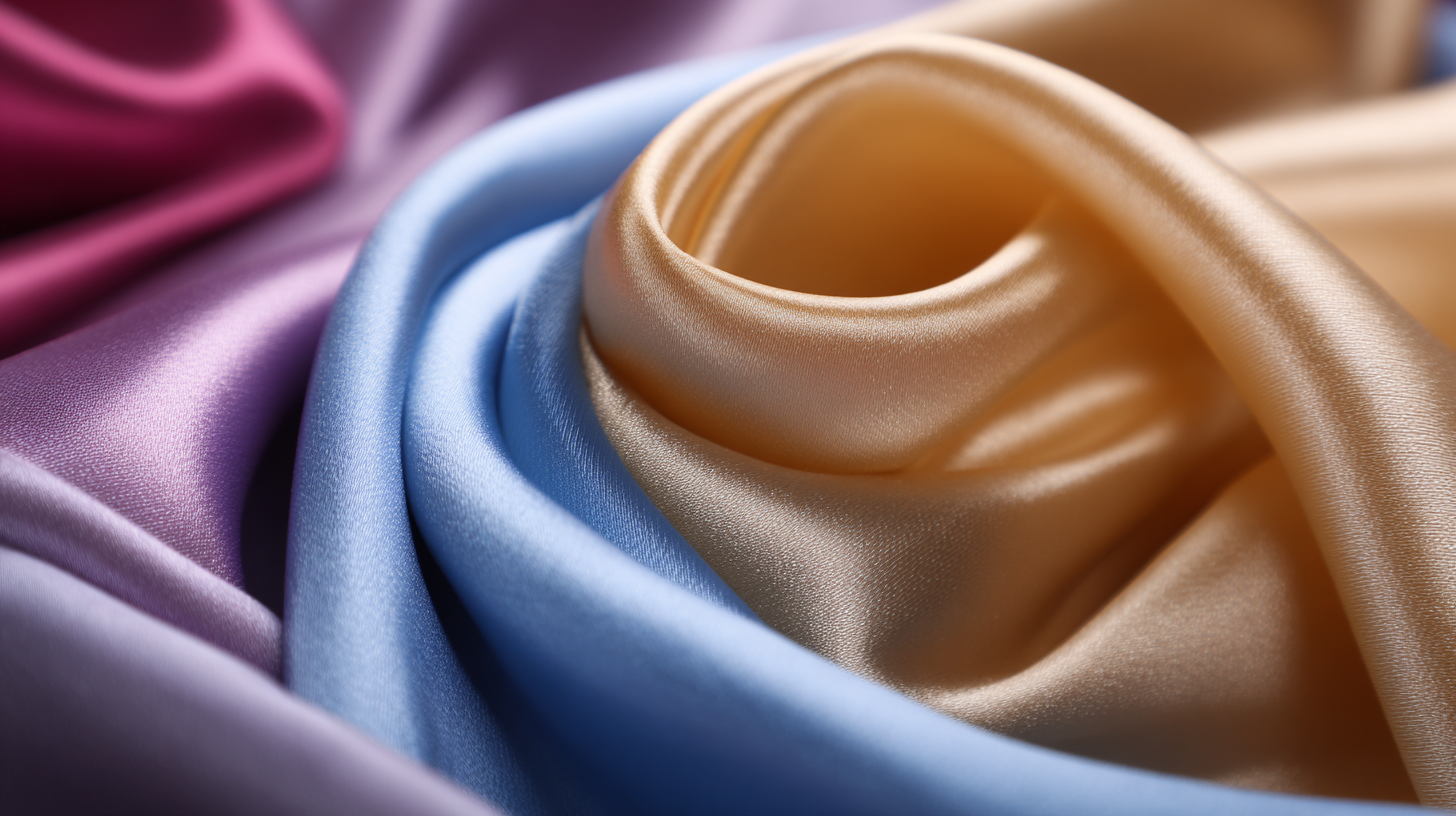As the textile industry evolves, the demand for high-quality materials continues to rise, particularly for luxurious fabrics like Silk Satin Fabric. According to a recent report by the Textile Research Journal, the global silk market is projected to reach $5.67 billion by 2025, driven by increasing consumer preferences for premium textiles in fashion and home décor. This trend not only emphasizes the importance of sourcing superior silk materials but also highlights the need for compliance with rigorous import and export certifications to ensure product quality and sustainability. Furthermore, industry insights indicate that incorporating innovative sourcing strategies can significantly enhance the competitiveness of textile businesses in the market. As we delve into 2025 trends in textile innovation, this blog will explore top strategies for sourcing the best Silk Satin Fabric while navigating industry regulations and standards.

The textile industry is on the brink of a revolution, particularly in the production of silk satin fabrics, driven by emerging technologies. AI applications are increasingly prevalent, enhancing the efficiency and sustainability of fabric production. By leveraging AI for design and manufacturing processes, brands can create collections faster while minimizing waste. This integration of technology not only streamlines operations but also provides insights for trend forecasting, making it easier to align with consumer demands.
Another exciting development is the use of bio-fermentation for producing silk fibers. This innovative method showcases the potential of biotechnology in creating sustainable alternatives to traditional silk production. By employing protein engineering, manufacturers can cultivate silk that is both eco-friendly and high-quality, aligning with the growing consumer preference for sustainable products.
Tips: When sourcing silk satin fabric, prioritize suppliers who utilize sustainable production methods. Collaborating with companies that harness AI and biotechnology can enhance the quality and innovation of your products. Additionally, staying updated on technological advancements can give your business a competitive edge in the evolving textile landscape.
Sourcing high-quality silk satin fabric sustainably is becoming increasingly important in the textile industry. With the global silk market projected to reach $8.3 billion by 2025, driven by the rising demand for luxurious and eco-friendly materials, it’s crucial for manufacturers and designers to adopt sustainable sourcing practices. According to a recent report by the Textile Exchange, 70% of consumers are willing to pay more for sustainable products, highlighting the need for businesses to prioritize environmentally responsible options when selecting silk satin.
To ensure sustainability in sourcing silk satin, brands should consider collaborating with suppliers who adhere to ethical farming practices and utilize organic silk. This not only reduces the environmental impact but also supports fair labor practices. Additionally, exploring alternative silk production methods, such as peace silk or Ahimsa silk, can significantly lessen ecological footprints while maintaining high-quality standards.
Tips for Sustainable Sourcing:

The process of sourcing silk satin fabric has evolved significantly, and a comparative analysis of traditional and modern strategies reveals intriguing insights. Traditionally, sourcing relied heavily on established relationships with suppliers, often leading to a consistent yet limited selection of materials. According to a 2022 report by the Textile Sustainability Coalition, 65% of fabric buyers still predominantly use these conventional methods, which can inadvertently stifle innovation and responsiveness in a rapidly changing market.
In contrast, modern sourcing strategies are leveraging technology to enhance supplier networks and material selection. The adoption of digital platforms has surged, with over 75% of companies now utilizing online marketplaces and AI-driven analytics to identify and procure silk satin fabrics more effectively. A study by the Global Fashion Agenda indicates that brands employing technology in their sourcing strategies experience a 30% reduction in lead times, enabling quicker responses to fashion trends. This shift not only optimizes the supply chain but also allows for greater transparency and sustainability, appealing to the increasingly eco-conscious consumer base. The integration of these modern approaches is vital for brands aiming to stay competitive while ensuring quality and ethical standards in their silk satin fabric sourcing.

Consumer preferences are fundamentally reshaping the landscape of silk satin textiles as we move towards 2025. Today's conscious buyers prioritize sustainability and ethical production, driving manufacturers to adopt greener practices. This includes sourcing eco-friendly silks, utilizing plant-based dyes, and ensuring fair wages for workers in the supply chain. As consumers become more aware of the environmental impact of their choices, the demand for transparency in sourcing practices rises, compelling brands to share their sustainability stories.
Additionally, the aesthetic appeal of silk satin continues to captivate consumers, but preferences are shifting towards innovative designs that reflect individuality. Shoppers are increasingly drawn to unique patterns, color variations, and customizable options, turning silk satin from a classic choice into a canvas for personal expression. Brands that embrace and promote creativity while keeping sustainability at the forefront will stand out in a competitive market, meeting the desires of modern consumers who seek both luxury and responsibility in their textile choices.
The innovative applications of silk satin in the fashion and home décor industries are rapidly evolving, showcasing both creativity and sustainability. As brands increasingly prioritize eco-friendly practices, silk satin emerges as a luxurious yet environmentally conscious choice. Its rich texture and versatile nature allow designers to experiment with bold patterns and colors, creating stunning garments and interior items that appeal to modern consumers' aesthetic preferences.
For instance, in fashion, silk satin can be transformed into flowing evening dresses and chic blouses, elevating any wardrobe with elegance. Meanwhile, in home décor, it serves as a perfect fabric for sumptuous throw pillows and elegant drapery, adding a touch of sophistication to living spaces. Recent trends indicate a growing demand for sustainable textiles, which has led to innovative techniques in printing and dyeing silk satin, further enhancing its appeal. The future of silk satin in these industries lies in its ability to marry timeless elegance with modern sustainability, making it a key player in the textile innovation landscape.
